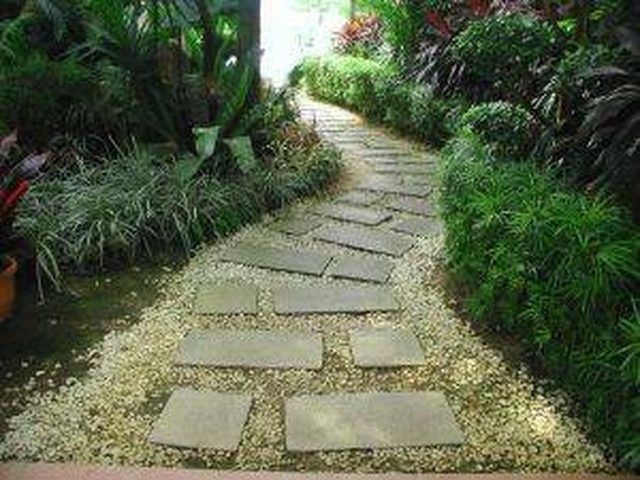Bulbs
Flower Basics
Flower Beds & Specialty Gardens
Flower Garden
Garden Furniture
Garden Gnomes
Garden Seeds
Garden Sheds
Garden Statues
Garden Tools & Supplies
Gardening Basics
Green & Organic
Groundcovers & Vines
Growing Annuals
Growing Basil
Growing Beans
Growing Berries
Growing Blueberries
Growing Cactus
Growing Corn
Growing Cotton
Growing Edibles
Growing Flowers
Growing Garlic
Growing Grapes
Growing Grass
Growing Herbs
Growing Jasmine
Growing Mint
Growing Mushrooms
Orchids
Growing Peanuts
Growing Perennials
Growing Plants
Growing Rosemary
Growing Roses
Growing Strawberries
Growing Sunflowers
Growing Thyme
Growing Tomatoes
Growing Tulips
Growing Vegetables
Herb Basics
Herb Garden
Indoor Growing
Landscaping Basics
Landscaping Patios
Landscaping Plants
Landscaping Shrubs
Landscaping Trees
Landscaping Walks & Pathways
Lawn Basics
Lawn Maintenance
Lawn Mowers
Lawn Ornaments
Lawn Planting
Lawn Tools
Outdoor Growing
Overall Landscape Planning
Pests, Weeds & Problems
Plant Basics
Rock Garden
Rose Garden
Shrubs
Soil
Specialty Gardens
Trees
Vegetable Garden
Yard Maintenance
How to Lay Paving Stones
How to Lay Paving Stones. Paving stones are an inexpensive, easy, and attractive option for making paths and walkways through your yard and garden. They do not require mortar to install properly, making them one of the easier landscaping projects for you to do on your own. They are more practical than concrete pathways because they can be easily...

Paving stones are an inexpensive, easy, and attractive option for making paths and walkways through your yard and garden. They do not require mortar to install properly, making them one of the easier landscaping projects for you to do on your own. They are more practical than concrete pathways because they can be easily removed and reused elsewhere in your yard if your landscaping plans change over the years.
Things You'll Need
Paving stones
Shovel
Level
Gravel
Sand
Broom
Dig a hole as wide as your paving stone and 3 inches deeper than the stone's depth.
Fill the hole with 3 inches of gravel. Tamp it down lightly, then use your level to make sure the surface is even.
Set your stone into the hole and press it into the gravel to settle. Make sure there are no unfilled spaces under the stone, or it may crack as it settles.
Lay abutting stones by excavating an area as large as the finished pathway will be. Leave a 1/8 inch space between stones as you lay them.
Pour sand into the cracks between stones. Sweep the excess sand away and water the cracks with a hose to help the sand settle solidly. Apply more sand every few days until the cracks stay filled.
Tips & Warnings
For large areas, garden edging can be placed around the stones to prevent shifting.
If frost upheaval is an issue where you live, excavate below the frost line and fill the extra space with gravel to prevent the stones shifting in the spring.